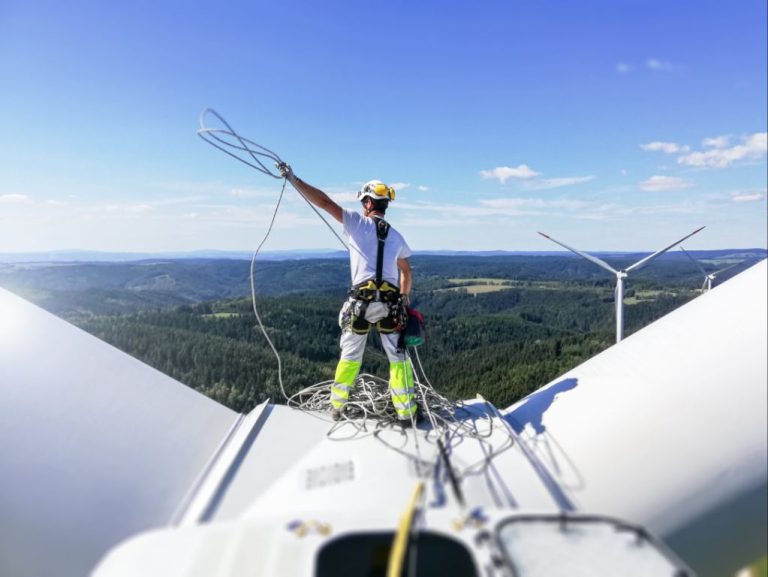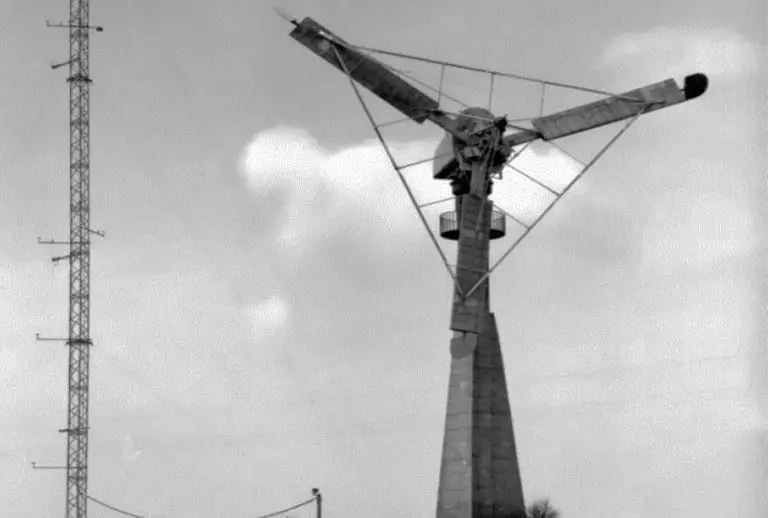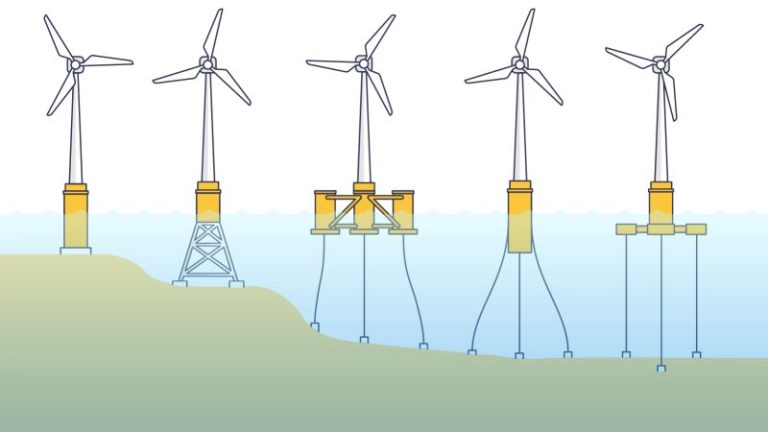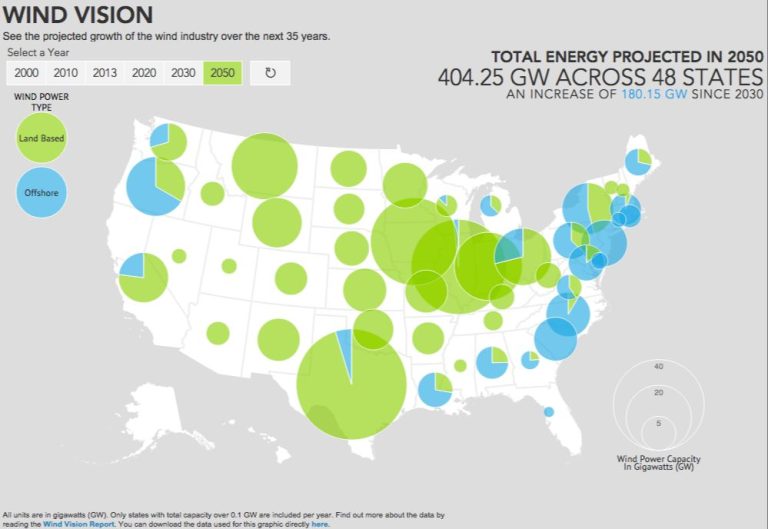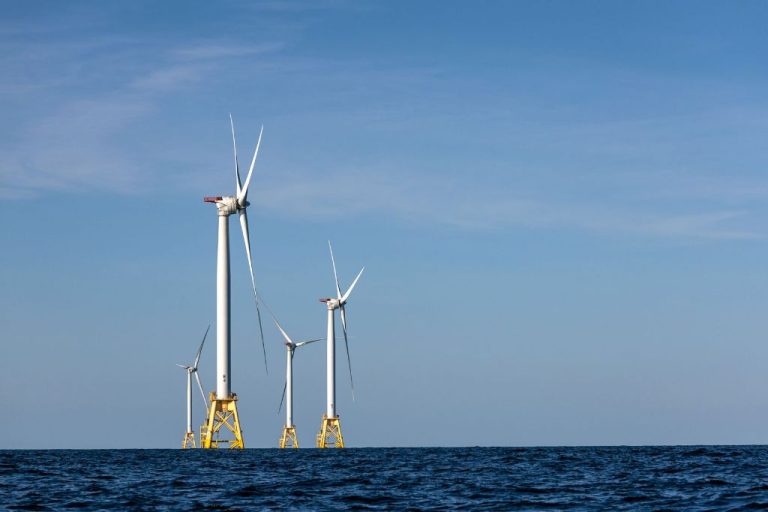What Is The Largest Wind Farm In Texas?
Introduce Texas as a Major Producer of Wind Energy
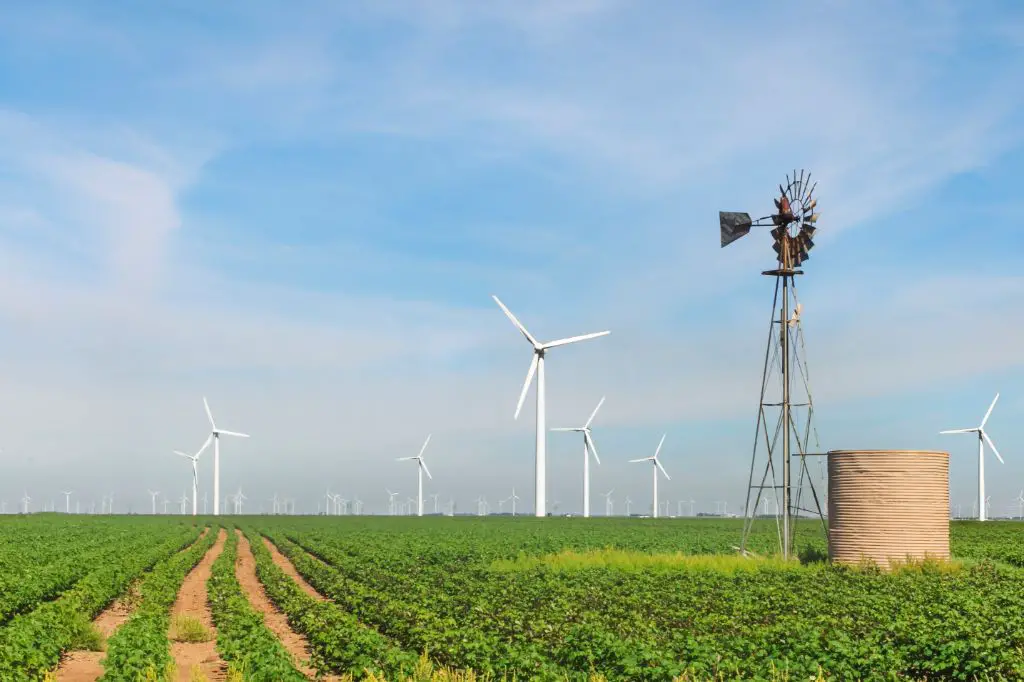
Texas is the leading producer of wind power in the United States. According to the Texas Comptroller’s office, Texas generated over 28% of its electricity from wind in 2023, more than any other state (https://comptroller.texas.gov/economy/economic-data/energy/2023/wind-snap.php). The American Clean Power Association also reports that Texas has over 40,000 megawatts of installed wind capacity, more than double the second highest state. With its ample wind resources and proactive policies, Texas produces more wind energy than any other state.
The Roscoe Wind Farm
The Roscoe Wind Farm is located in Nolan and Taylor Counties in West Texas, about 45 miles south-west of Abilene. It spans 100,000 acres across four Texas counties – Mitchell, Scurry, Nolan and Taylor.
Capacity and Turbines
The Roscoe Wind Farm is located in Nolan and Taylor counties in West Texas near the town of Roscoe and covers over 100,000 acres of land. It has a total installed capacity of 781.5 MW, making it one of the largest wind farms in the world.
Roscoe is made up of 627 wind turbines manufactured by Mitsubishi Heavy Industries that stand 260 feet tall, with three 120-foot long blades. Each turbine has a capacity of 1.5 MW. The huge number of turbines with their massive blades spinning in the Texas winds generate enough electricity to power over 200,000 average homes.
Ownership and Operations
The Roscoe Wind Farm is owned and operated by E.ON Climate and Renewables North America, Inc., which is a subsidiary of E.ON SE, an international energy company based in Germany. E.ON Climate and Renewables is one of the largest wind and solar project developers and operators in the United States, with offices across the country. The company owns and operates dozens of wind farms across the U.S., including in Texas, with a total operating portfolio of over 5,800 MW of renewable energy capacity.
E.ON acquired the Roscoe Wind Farm in 2007 and 2008 through its subsidiaries. The company has continued investing in the wind farm over the years, including upgrades to increase energy production. E.ON not only owns the wind turbines and infrastructure, but also operates and maintains the Roscoe complex on a daily basis with a team based locally in Texas. This includes monitoring and controlling the 627 wind turbines from a central operations center, as well as conducting regular maintenance and upkeep to optimize performance and output.
[1] [2]
Energy Production
The Roscoe Wind Farm has a total installed capacity of 781.5 MW, making it capable of generating over 2,500,000 MWh of electricity per year (Wikipedia). This is enough to power over 250,000 average American homes, highlighting the immense generating capacity of the wind farm (Power Technology). The 627 wind turbines that make up the wind farm contribute to making it one of the largest renewable energy generators in Texas and the United States.
Environmental Impact
The Roscoe Wind Farm has a significant positive environmental impact. According to an E.ON press release, the wind farm offsets over 1.5 million tons of CO2 emissions per year [1]. That’s equivalent to taking over 300,000 cars off the road annually. By utilizing wind energy rather than fossil fuels like coal or natural gas, the Roscoe Wind Farm reduces air pollution and greenhouse gas emissions. This helps combat climate change and improves air quality in the region. The American Wind Energy Association estimates Texas wind power avoids over 15 million tons of CO2 emissions per year [2]. Roscoe plays a major role in contributing to that reduction.
Economic Impact
The Roscoe Wind Farm has provided significant economic benefits to the local area and the state of Texas. According to the Texas Comptroller, the wind farm has resulted in over $60 million in landowner payments as of 2020. Landowners receive annual lease payments from the wind farm operators to allow access to their land for the wind turbines and infrastructure (Texas Comptroller). These lease payments provide a stable source of income for local farmers and ranchers. The wind farm has also generated over $30 million in local taxes and state franchise taxes. This tax revenue supports local schools, roads, and other public services in the area (Reasons to be Cheerful). In addition, the wind farm created over 400 construction jobs and 45 permanent jobs to operate and maintain the facility. The wind farm helps drive economic growth in rural Texas through job creation, tax revenue, and landowner payments.
Recognition and Awards
The Roscoe Wind Farm has received significant recognition for its impressive size and clean energy production. In 2008, it was named one of the top wind farms in the U.S. by Power Technology magazine. This acknowledgment highlighted Roscoe as a pioneering renewable energy project pushing the boundaries of wind power capabilities. With 627 wind turbines spread over 100,000 acres, Roscoe demonstrated that utility-scale wind farms could viably deliver hundreds of megawatts of electricity to the Texas grid.
The wind farm has also won awards for its innovative financing model. Roscoe used tax equity financing and was one of the first large-scale projects to successfully utilize this approach. The creative funding structure enabled the $1 billion development to move forward and serve as a model for other sizable wind farms. These honors recognize Roscoe’s leadership in expanding wind energy’s role in the 21st century power market.
Future Expansions
The Roscoe Wind Farm currently has no firm plans for further expansion. However, the owners E.ON have indicated they may consider expanding the wind farm in the future. In 2013, E.ON’s chief strategy officer Markus Nitschke stated the company was looking into potentially building an additional 400 MW at the Roscoe site, which would increase its total capacity to over 1,100 MW.
Nitschke cited the excellent wind resources in the area and the existing infrastructure and land leases already in place as reasons why further expansion in Roscoe made sense for E.ON. However, no concrete timeline or budget was announced, and E.ON has not provided any updates on if or when an expansion might actually occur. The spokesperson noted that any future growth plans would be dependent on market conditions, electricity demand, and the regulatory environment in Texas.
Conclusion
The Roscoe Wind Farm has had a major impact on wind energy in Texas since it first began operating in 2009. With a capacity of 781.5 megawatts, Roscoe is by far the largest wind farm in the state. Its 627 turbines produce enough electricity to power over 250,000 homes. This is a significant contribution to Texas’ total wind energy production, which leads the nation.
Roscoe has demonstrated that utility-scale wind power is viable and productive in the state. Its success has paved the way for continued growth in wind generation, helping Texas meet its renewable energy goals and reduce carbon emissions. The Roscoe Wind Farm has become an icon of the Texas wind industry and serves as an example for future large-scale wind projects in the state. Its impact will continue to be felt as Texas expands its wind energy portfolio in the years ahead.

